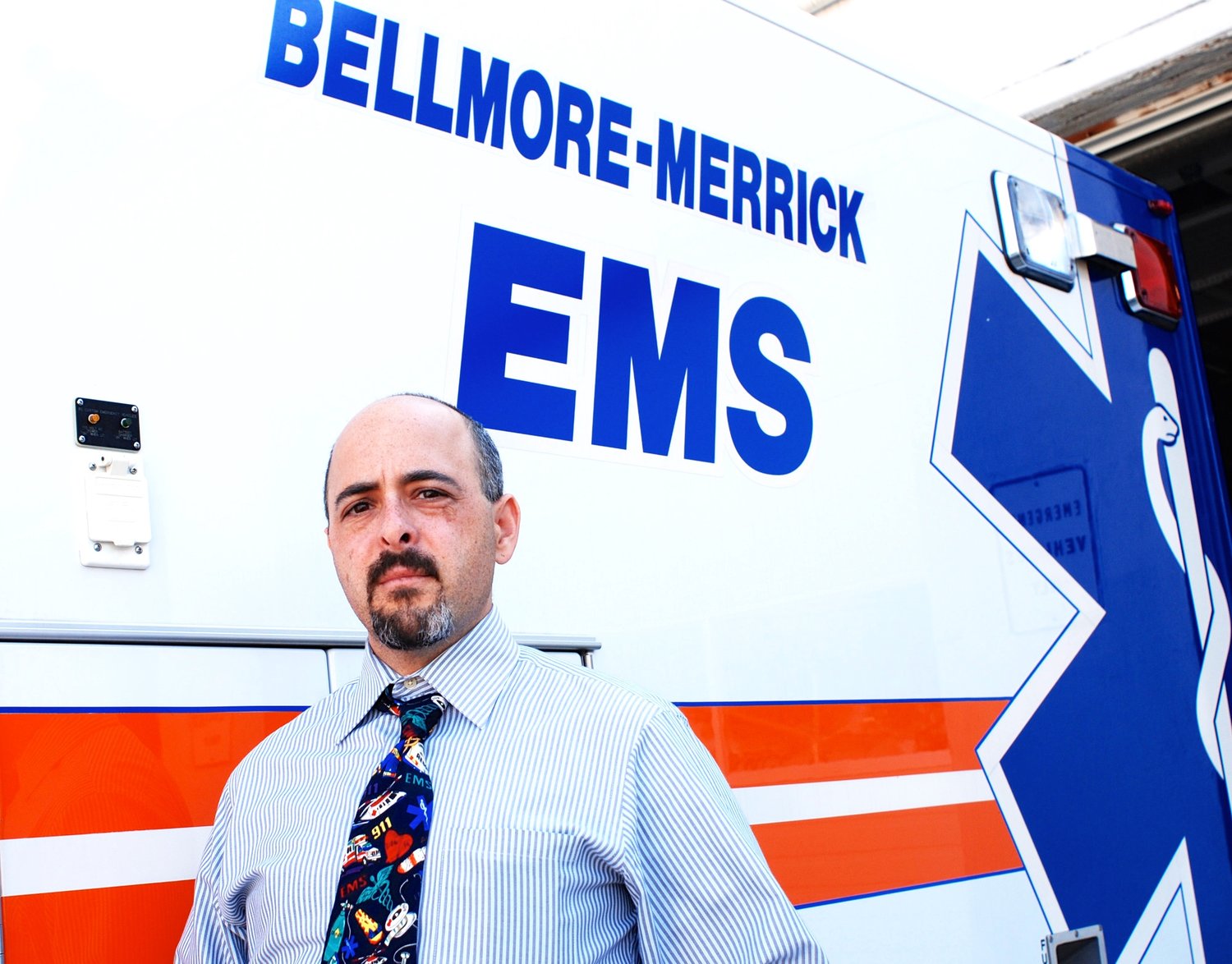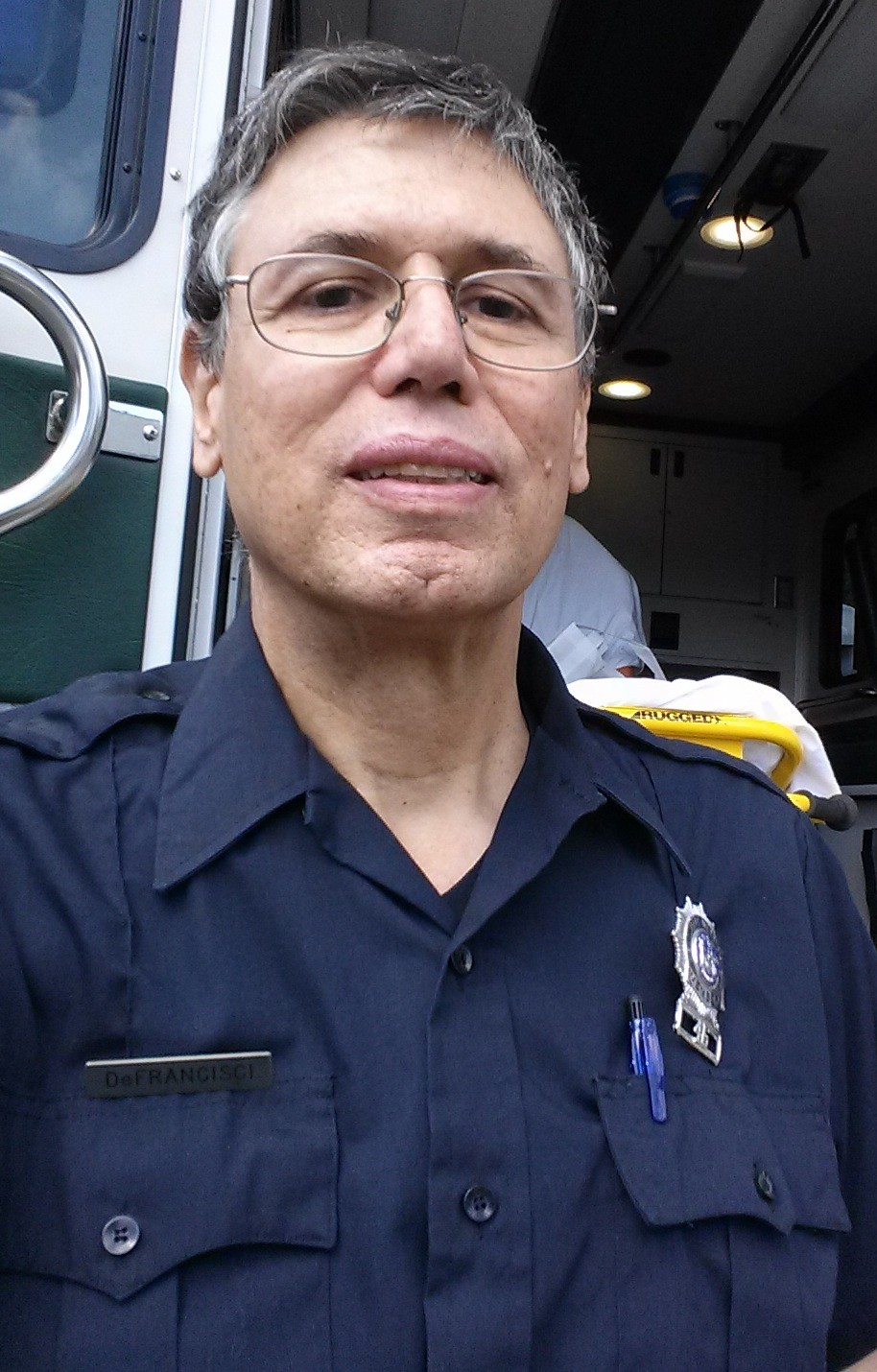Thursday, April 25, 2024
 47.0°,
Mostly Cloudy
47.0°,
Mostly Cloudy
9/11 rescuers still living a nightmare
Suffering from disease, they want Congress to renew the Zadroga Act
A 9/11 support group for ground-zero rescue workers is starting. It is named for Bellmore-Merrick EMS volunteer Kevin Kelly, who died recently of a 9/11-related respiratory illness. It should begin meeting in the coming weeks, said Scott Resnik, president and chief of Bellmore-Merrick Emergency Medical Services, who has been instrumental in organizing the group.
“Anybody is going to be welcome,” he noted. “It’s really designed [for] people who were 9/11 responders, whether they were sick or not. It’s a place to gather as a group and talk about what they experienced there.”
For more, email Resnik at sresnik@bmems.org.
Scott Resnik, president and chief of Bellmore-Merrick Emergency Medical Services, remembers the taste of the dust. “There was a metallic component,” he said. “There was a starchy component.”
The dust was inescapable. “It was always there,” said the 42-year-old father of three. “It covered you. It covered your feet. It had a smell to it. You can’t even describe it. It absorbs through the skin, the nose, the mouth, the eyes.”
Resnik was speaking of the fine, gray-white powder that coated ground zero after 19 terrorists hijacked four planes and crashed two of them into the World Trade Center on Sept. 11, 2001, causing the Twin Towers to collapse in fireballs.
The dust, which contained jet fuel, cement, asbestos, silica, microscopic glass shards, heavy metals, pulverized construction materials and carbon nanotubes, is widely recognized as a potential cause of as many as 60 cancers, according to the New York AFL-CIO and the office of U.S. Sen. Kirsten Gillibrand, a Democrat.
Twenty Bellmore-Merrick EMS volunteers rushed to ground zero after the attacks to aid in the massive recovery effort. Three, including Resnik, have been diagnosed by the World Trade Center Health Program with 9/11-related diseases.
Haunted by disease
Bellmore-Merrick EMS volunteer Kevin Kelly, 55, of East Meadow, a retired Marine, died recently of a severe respiratory illness, which he contracted not long after he finished working at the World Trade Center, according to Resnik. Kelly also suffered from post-traumatic stress disorder, or PTSD, for years. He is the first BMEMS member to die in the line of duty. A memorial service, with full departmental honors, was held for him on Oct. 24 at Sacred Heart Roman Catholic Church in North Merrick.
HELP SUPPORT LOCAL JOURNALISM
The worldwide pandemic has threatened many of the businesses you rely on every day, but don’t let it take away your source for local news. Now more than ever, we need your help to ensure nothing but the best in hyperlocal community journalism comes straight to you. Consider supporting the Herald with a small donation. It can be a one-time, or a monthly contribution, to help ensure we’re here through this crisis. To donate or for more information, click here.
Sponsored content
Other items that may interest you











